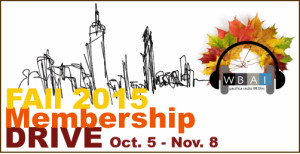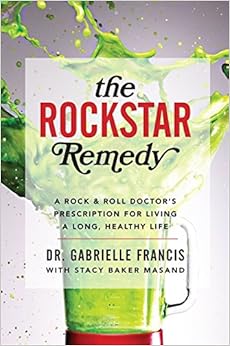Should We Celebrate Healthcare Quality This Week?
I noticed a big sign in my hospital’s lobby on Monday. It said, simply, “HEALTHCARE QUALITY WEEK.” Below this week’s dates, a bunch of logos and words pertaining to our institution’s quality accomplishments were displayed.
“Huh,” I thought. “I guess that’s nice.” But quality, which to me, quite often functions as a mechanism for tracking and preventing failures, seemed an odd thing to celebrate. Likely just another PR-opp for the tweetosphere.
I was curious, though. I looked up this supposedly annual celebratory event – a creation of the National Association for Healthcare Quality. The organization, which is led by a board made up largely by RNs, says of this week’s festivities: “…we are celebrating Healthcare Quality Week by recognizing the influence that healthcare quality professionals have in healthcare delivery systems and their impact on positive patient outcomes.”
Ranging from sentinel event tracking to improvement projects, hand hygiene assessments and fall reflection practices, the quality of a hospital is measured, very often, by the bad that we don’t do. The good that we actually accomplish for our patients is the ultimate goal, but it’s an indirect one. And besides, it’s our job. I don’t applaud my favorite restaurant for maintaining their A Grade on the window – why should I be applauded for doing my work as a nurse in a hospital?
But, on second thought, maybe the designation warrants a pause.
Quality in healthcare is changing. Remember that old ‘I Love Lucy’ episode, where Ethel and Lucy in the chocolate factory line? Bombarded with their own failures, they hide imperfect chocolates within their bulging cheeks and sagging hats, because they can’t keep up with the speed of the conveyor belt, and their assigned task.
In contrast, the gold standard of healthcare quality, in recent years, is defined by consumer knowledge of the nitty-gritty of hospital operations. In fact, public knowledge of hospital standards is becoming common fare – and for good reason. Maybe that’s why weeks like this one matter – not so much as a celebration of my work, but as a reminder to my patients to check up on it.
The consumer now has many options for evaluating hospital quality choices, and experts are urging them to do so. Just this morning, Health Leaders Media posted an article on the benefits of choosing a five star hospital versus a one star hospital. According to Healthgrades, a performance and quality comparative service, patients who went to five star hospitals showed a drop in mortality by 71% from those who went to a one star hospital. That’s a lot of risk thrown out the window thanks to transparency.
With Hospital Compare growing in public knowledge, and the Leapfrog Group‘s similar quality comparison tools and procedure-specific trackers, like their first-ever national release of c-section rates gaining traction, quality data is now a commodity that consumers expect. Our success as healthcare providers and institutions comes with a major price these days – a very public one that we can’t just stuff under a hat.
But too often, we miss the goal of these quality measurements, and see them as simply punitive. When our patient falls, we frequently think of it as only a loss or a failure, instead of an opportunity to create a better system that prevents these things in the future. Shouldn’t we push aside shame, and start searching current literature for new developments, see what is best practice, and suggest an algorithmic protocol to our leaders — one that not only prevents complications, but promotes accountability and minimal harm for our patients? The Institute for Healthcare Improvement (IHI) says a an entire culture of safety is what we should be striving for — an environment where, “…people are not merely encouraged to work toward change; they take action when it is needed.”
We should champion accomplishments for patients, stand firm in our system’s growing transparency, and push forth a vision for the future that both providers and consumers can share. We must strive for a culture in our institutions that promotes quality, and the creation of systems that protect all involved – patients, and workers, too. This drive can only come from providers and caregivers who are willing to step up, speak clearly about processes that need refining, and work openly towards creation of safety for everyone.
So, yeah, we should celebrate quality this week. Not only our accomplishments, but also the regulatory agencies like Centers for Medicaid and Medicare, our local health departments, and the Joint Commission, which hold us to a standard that protects our patients and ourselves. Without safety hoops to jump through, protocols that promote prevention, and initiatives that champion innovation for more efficient care, we’d just be like Lucy and Ethel, cramming our mistakes into a hiding place that only hurts everyone in the end.
I noticed a big sign in my hospital's








